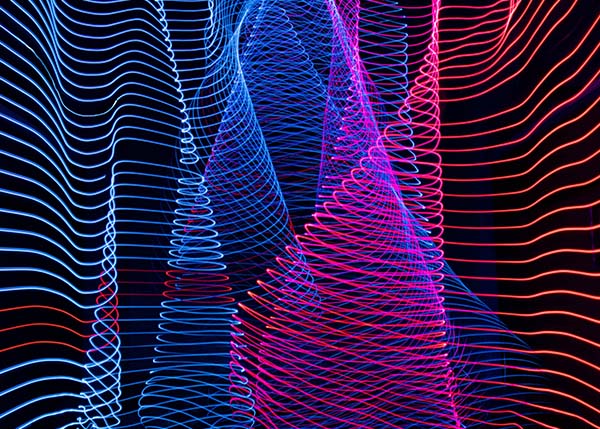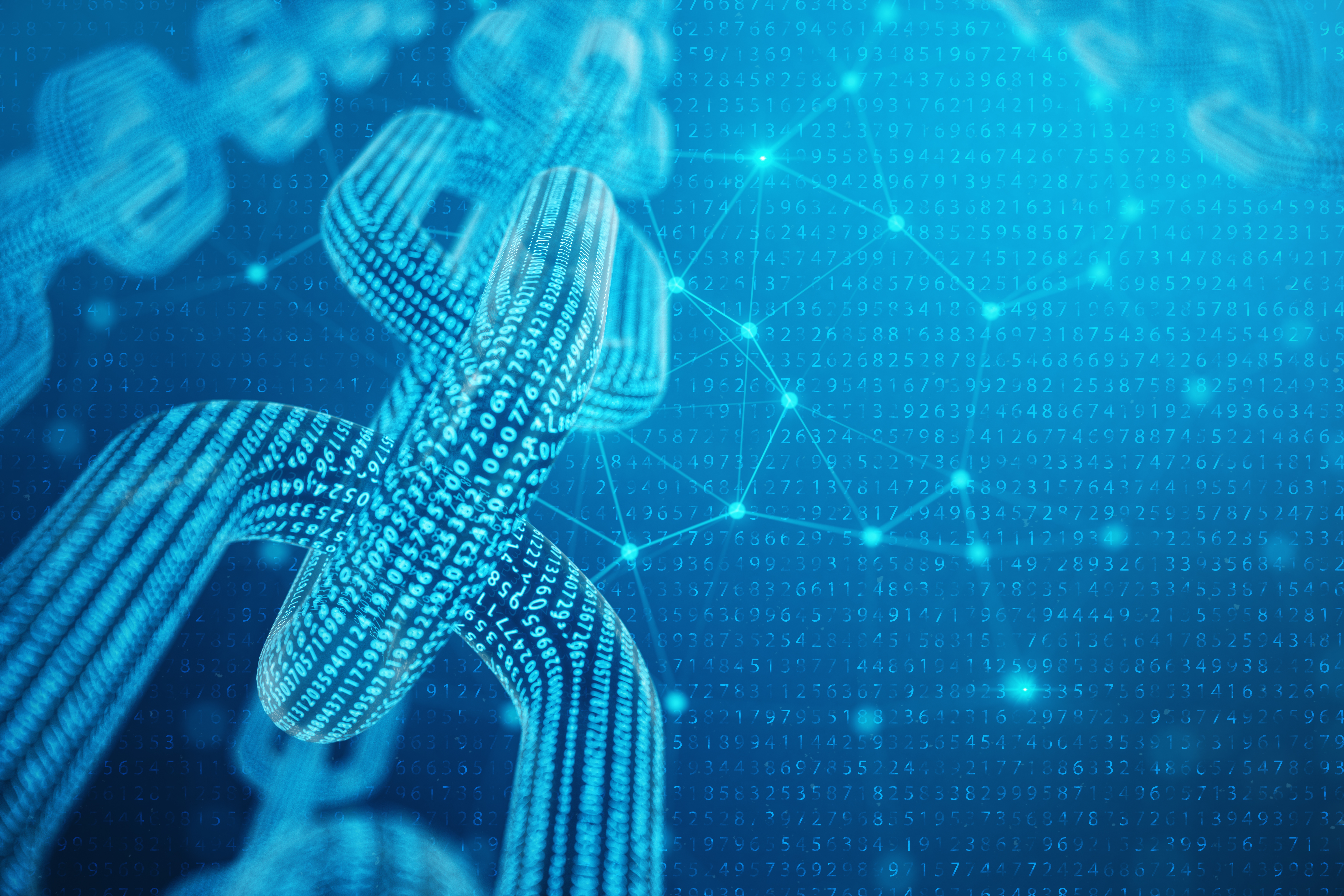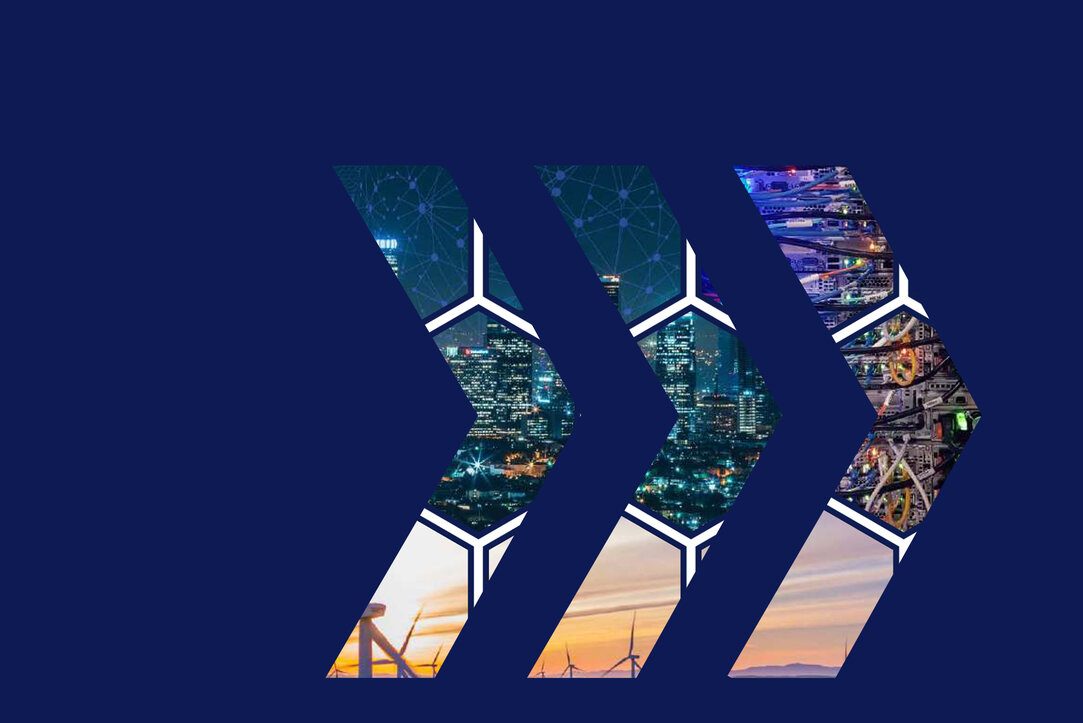
There was a time when we didn’t comprehend the full potential of the internet and opportunities were only visible to those who looked ahead. Blockchain is at that point now.
For many, the internet was once just a mysterious desktop shortcut. It promised access to some ethereal new realm in computers that had something to do with connecting people. You double-clicked, listened to the modem play its crunchy melody, and arrived in the digital new world. Back then, the potential of the internet wasn’t immediately clear. Those who sensed opportunity had to look beyond the pixelated webpages of faraway strangers and imagine the possibilities that lie ahead.
Some innovations come fully formed. We understand and want to adopt them immediately. Most people were rightly excited to receive running water for the first time. Back then, it was money, lack of infrastructure and other very real barriers that stopped them from turning on the tap. In the digital realm, it can be the complexity of innovations that makes us slower to act. Many people hear ‘blockchain’ or ‘NFT’ and relive their experiences with those first pixelated webpages, wondering what all the fuss is about. (In basic terms, a blockchain is a digital ledger that links ‘blocks’ of information between different computers; an NFT – non-fungible token – is a uniquely identifiable unit of data in a blockchain.)
Blockchain will reshape our lives in ways that are hard to comprehend right now.
Blockchain will reshape our lives in ways that are hard to comprehend right now – just like the internet did. The ability to adapt has always been essential for the survival of humans and businesses alike, but the speed of change is increasing, narrowing the window of opportunity each time. For example, back in 1994 only 10% of people surveyed in US households used a mobile phone. By 2020, that number had risen to 96%. Likewise, tablets went from 0% to 50% adoption in just five years.
Blockchain basics
A blockchain is a decentralised, ultra-secure and reliable database (though some prefer to refer to it as a ledger). It was originally devised as a currency and accounting system, accessible to anyone with an internet connection and allowing users to operate under a pseudonym. It’s distributed around the globe with self-regulating mechanisms that guarantee availability and security. The system takes care of itself.
Blockchain can be used to transfer information, exchange value, automate processes, and eliminate the need for data translation services between organisations.
Users are essentially anonymous and can safely make transactions without a central entity to oversee and act as the source of truth, so it guarantees security without the need for a trusted third party.
The infrastructure already exists. It’s accessible to anyone with the internet, and creates data points you can trust.
It doesn’t cost much because the infrastructure already exists. It’s accessible to anyone with the internet, and removes information obscurity. It creates data points you can trust, which can then be analysed, modelled and used to create further value – for example, identifying points along the value chain that are ripe for cost-saving, spotting and improving inefficiencies in a supply chain, or finding opportunities to increase trust in finance without using intermediaries.
Trading, reimagined
I was working with a brand recently that was experimenting with using blockchain to replace their paper-based verification system. Previously, when buying a luxury watch, customers receive a paper certificate that confirms the watch is genuine. This brand wanted to safely make this process digital.
They were satisfied with solving the problem of forgeries. But then I spoke to them a bit about what tokenising a watch actually means, and what they could do with it if they brought NFTs into the picture.
If a watch is tokenised, you can trade it without it ever moving, because the digital token is easy to transfer. To understand NFT trading, it’s often easiest to think of art collecting. If the Mona Lisa was tokenised by the appropriate authority, that token could transfer ownership to the highest bidder, all while the original painting remains on show at the Louvre. With the watch, the buyer could instantly and officially own the watch with a digital verification far more robust than a paper certificate.
It’s quite easy to put this technology on marketplaces, convey the value and approve changes in value over time. And as long as you, the creator, agree that the token actually certifies the ownership, then you can go to Switzerland and get the watch from their safe by proving you have the token.
By tokenising the watch, you’ve created a secondary market by essentially creating digital shares. People could buy 1/10,00th of a luxury watch, in order to participate in the value increase over time. Why not? It’s the same as buying gold and it’s the same mechanisms.
It’s a strange concept, but it’s already happening across the capital market. You can trade things that were not tradable before.
How to spot opportunities for blockchain
If blockchain seems complicated – it’s because it is. I’ve been working with blockchain since 2012, but I’m currently reading a book that goes deep into the technical details and my head still hurts. But you don’t need that level of detail to use blockchain any more than you need to understand the technology behind the internet to run a business online.
The important question you should be asking yourself is: where do I find patterns of interactions in my daily business?
The transition to e-commerce was all about finding the patterns of information exchange. In classical commerce, you entered the shop and searched for the product. On the internet, the information exchange happens in search engines. You search for the product and then you enter the shop.
You need to look for patterns with blockchain too. You need to search where you transfer value between participants of different value chains. Good examples of this can be found in international trade. Transport insurance companies need information and events to be shared by the logistics company transporting the insured goods and vice-versa. When does the container leave the factory? When does it arrive? Were there any incidents during transportation? The logistics company needs to know the policy contents and when to post events to the insurance company – and it needs a channel to do this in.
You should also search for points where you translate information from your format into someone else’s format. Transporting a container from A to B involves a lot of parties that need to share information about the original order, the contents of the container, processes to follow, and so on. In international transport, this is traditionally done by a plethora of players that communicate this data to each other and along the supply chain, but with blockchain a good many of these processes can be simplified and automated. If you find similar patterns in your business model, then you have a compelling reason to investigate blockchain further.
It’s free rein for anyone with a good idea, a basic understanding of the infrastructure and the vision to look ahead.
Be ahead of the curve
Whatever the innovation, we’re all on the adoption curve somewhere. We resist and resist, until eventually we join the current and sweep up everyone who hesitated even longer than we did. For businesses, this means giving advantage to competitors.
But blockchain isn’t something to be feared. It’ll undoubtedly become a concept we all understand and use habitually, just like the internet. The question is, who will make this happen and show everyone else its potential? Right now, it’s free rein for anyone with a good idea, a basic understanding of the infrastructure and the vision to look ahead.





